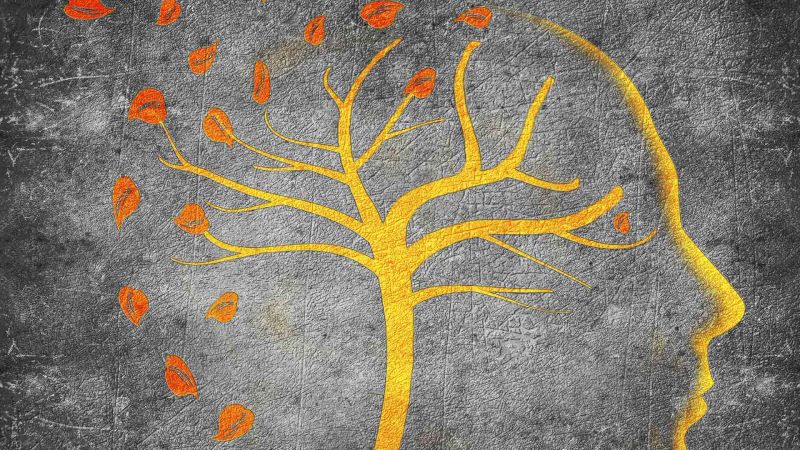What Does a Professional Fixed Mindset Look Like?
For children, a fixed view of intelligence can lead them to negatively label themselves with statements such as, “I’m not good at math” or “I’m a bad writer.” Similarly, when professionals struggle with new demands, they may be tempted to use phrases such as “I’m too old for this,” or “I already know what works for me,” or “I’m just not a computer person.”
Such statements can be self-protective, said Peter Heslin, associate professor of management at UNSW Australia Business School. For example, a teacher might avoid adopting a new teaching strategy “for fear they might jeopardize their identity as an already highly skilled instructor.” According to Heslin, administrators can help alleviate these concerns by “reminding teachers that experiencing setbacks are par for the course when learning something new” and creating a safe environment for taking risks.
Heslin has developed a research-based growth mindset workshop for business leaders. His program includes four self-reflective exercises that he said could be easily adopted by superintendents and principals in their professional development work.
First, participants think about why it’s important to understand that people can continue to grow and develop their abilities throughout adulthood. In essence, what are the “real consequences” of adopting a fixed or growth mindset?
Second, they think about one of their strengths that used to be a weakness -- and then reflect on how this change took place. He says this exercise helps participants understand that their skills are “not merely the result of an aptitude or talent they have,” but rather the result of effort and initiative.
Third, participants write a letter to a struggling employee, sharing thoughts about how they can strengthen their skills. And finally, they think about someone who surprised them by learning how to do something that they never thought this person could do. This final exercise, Heslin said, asks participants to reflect on the harm a fixed mindset can do to others by “leading us to ever so subtly discourage and hold them back from achieving more than we can imagine they can.”
Create a Growth Environment
As a schools superintendent in Dobbs Ferry, New York, Dr. Lisa Brady says that teachers need to adopt a growth mindset just as much as students do.
“As educators, we cannot ask of kids what we are unwilling to do ourselves," she said. "Students ‘sniff out’ hypocrisy quickly and it is very powerful when we model the willingness to try new things -- with the struggles and failures that come along with this.”
Brady said that creating an environment where teachers feel comfortable taking risks requires time -- because trust takes time. Just as teachers can sometimes create an environment that inhibits students’ desire to take risks, administrators are “too often part of the problem.”
Brady offers administrators these suggestions for supporting a growth mindset culture:
- Remodel Faculty Meetings: Meetings “where information is shared that can be sent via email or other tools need to be a thing of the past,” said Brady. Instead, use this time for engaging activities that enhance instructional practices. For example, her district provides a monthly “Wednesday Technology Session.” In September, teachers come together to discuss what they want to learn -- and what they could share with their colleagues. The district uses this feedback to create a year-long technology education “menu” that allows teachers to learn from each other on topics that feel relevant.
- Reach Out to Seasoned Teachers: Brady said she tries to personally connect with veteran teachers who may be reluctant to adopt new strategies and then work with them on taking small steps that will have a meaningful impact on students. “When others see that these folks are making an effort, it has a huge impact,” she said.
- Model a Growth Mindset: Eight years ago, Brady decided to sign up for Twitter to explore how it could be used as a professional development tool for her teachers. It seems like a small matter now, but at the time some of her colleagues were “aghast.” Her willingness to experiment helps her staff see that she walks the walk. “I continually reinforce that I expect folks to not always get it right -- and I am quick to point out when I personally do not get things right," she said. "We have to be willing to take risks. If we are not taking risks and making mistakes, we are not doing our jobs as educators.”
Expand the Walls of the Classroom
For Jim Doherty, the community he found online helped him revitalize his classroom practice and expand his concept of what was possible. Too often, he said, educators “close that classroom door and feel we are on our own to figure out what the students need.”
He said the virtual community he discovered midcareer “allowed me to tap into the wisdom of dozens of educators who have worked through the problems I am wrestling with.” He recommends that teachers who “feel stuck” take a similar journey:


